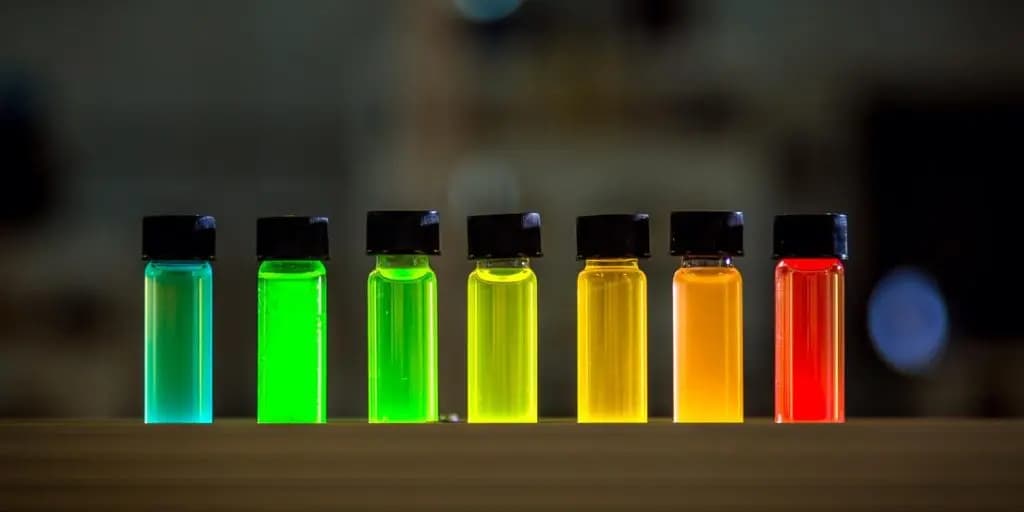In a groundbreaking discovery, astronomers at MIT have observed the faint starlight surrounding some of the universe’s earliest quasars, offering insights into the evolution of the first black holes and galaxies.
Quasars are intensely bright, active galactic centers powered by supermassive black holes. Their brightness often overshadows the light from the stars within their host galaxies. However, using the advanced capabilities of the James Webb Space Telescope (JWST), the MIT team successfully isolated and observed the starlight in the host galaxies of three ancient quasars, estimated to be over 13 billion years old.
“The quasar outshines its host galaxy by orders of magnitude. And previous images were not sharp enough to distinguish what the host galaxy with all its stars looks like,” says study author Minghao Yue, a postdoc at MIT’s Kavli Institute for Astrophysics and Space Research. “Now for the first time, we are able to reveal the light from these stars by very carefully modeling JWST’s much sharper images of those quasars.”
By analyzing the starlight, the researchers estimated the mass of each host galaxy and compared it to the mass of its central black hole. Surprisingly, they found that the central black holes of these ancient quasars were significantly more massive compared to their host galaxies than their modern counterparts. In the early universe, the ratio between the mass of the central black hole and the mass of the host galaxy was about 1:10, while today, it is closer to 1:1,000.
This discovery suggests that in the early universe, supermassive black holes might have grown much faster than their host galaxies, potentially originating from more massive “seeds” than black holes forming today.
“After the universe came into existence, there were seed black holes that then consumed material and grew in a very short time,” Yue explains. “One of the big questions is to understand how those monster black holes could grow so big, so fast.”
These black holes are billions of times more massive than the sun, at a time when the universe is still in its infancy.
Study author Anna-Christina Eilers, assistant professor of physics at MIT, adds: “These black holes are billions of times more massive than the sun, at a time when the universe is still in its infancy. Our results imply that in the early universe, supermassive black holes might have gained their mass before their host galaxies did, and the initial black hole seeds could have been more massive than today.”
The findings, published in the Astrophysical Journal, provide a fascinating glimpse into the early universe and challenge existing theories about the co-evolution of black holes and galaxies.
“This tells us something about what grows first: Is it the black hole that grows first, and then the galaxy catches up? Or is the galaxy and its stars that first grow, and they dominate and regulate the black hole’s growth?” Eilers elaborates. “We see that black holes in the early universe seem to be growing faster than their host galaxies. That is tentative evidence that the initial black hole seeds could have been more massive back then.”
The research team achieved this breakthrough by meticulously separating the quasar’s light from the fainter starlight of the host galaxy. They employed a model that distinguished between light emitted from a compact source, like a black hole’s accretion disk, and light from a more diffuse source, like stars scattered throughout the host galaxy.
This careful analysis allowed them to determine the mass of each light source, revealing the surprising mass discrepancy between the ancient quasars and their host galaxies.
“There must have been some mechanism to make a black hole gain their mass earlier than their host galaxy in those first billion years,” Yue points out. “It’s kind of the first evidence we see for this, which is exciting.”
This research opens new avenues for understanding the formation and growth of the first supermassive black holes and their influence on the early universe. The observation of starlight from ancient quasars, made possible by JWST, provides valuable data for refining models of black hole evolution and their intricate relationship with their host galaxies.
The link to the original research story can be accessed here.













Responses (0 )